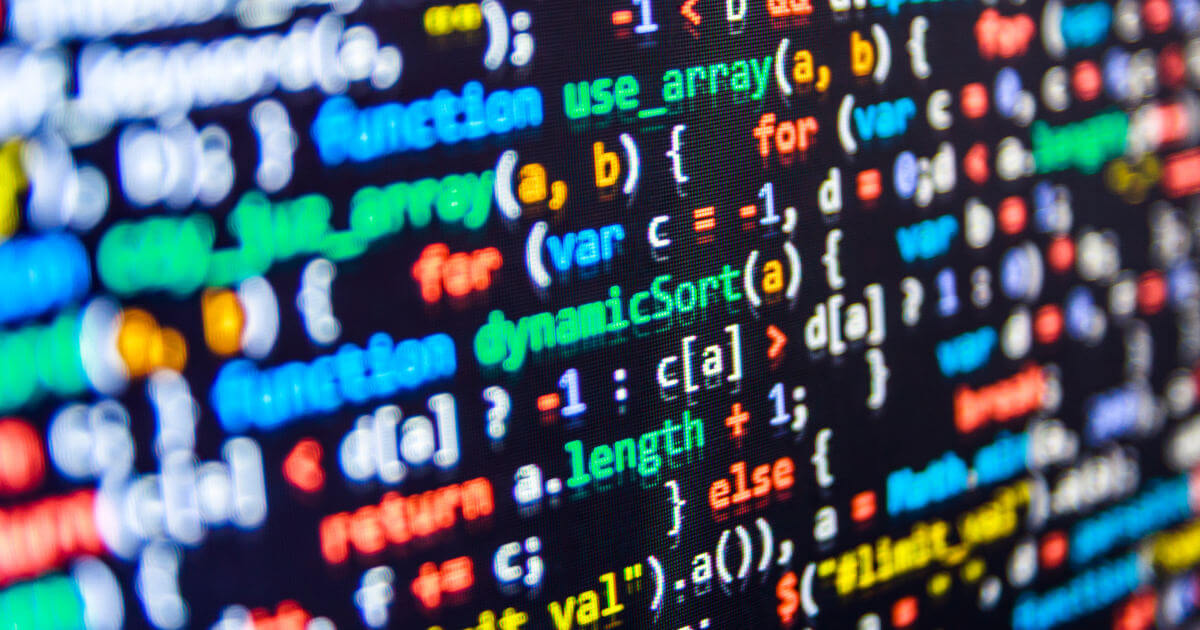Python vs. Matlab: Which language is right for you?
Python and Matlab are two programming languages with very different approaches. Python’s open-source approach and flexibility will make it the better choice in most cases.
What are Python and Matlab?
If you’re thinking of learning programming, you’ll have many languages to choose from. Which language is the best for you will depend on a number of factors, including the nature of your project. If you work in academia and particularly in math, you’ll have two main options, which are Matlab and Python. While the two languages do have a few things in common, they are ultimately very different. In this article, we’ll show which language comes out ahead.
What are the pros and cons of Matlab?
Before comparing Python and Matlab, it will be useful to look at their purposes. The two languages have very different uses. Matlab is a proprietary software and language that was developed by Cleve Moler at the University of New Mexico (UNM). In 1984, Moler released the language with Steve Bangert and Jack Little under the company name The MathWorks. It was primarily aimed at students, and they are still one of the main target groups for the language. Businesses also use Matlab and its various toolboxes. The language’s name comes from “Matrix Laboratory”.
Matlab is mainly used for solving mathematical problems and displaying solutions graphically. The language was originally intended to be used with the Fortran libraries LINPACK and EISPACK and is meant to enable students without any knowledge of programming to get started in linear algebra. Nowadays Matlab is used for numerical simulations, data analysis and predictive analytics. The language can be customized for different use cases with toolboxes and is interpreted on the user’s computer. In addition to the language itself, the software also includes a graphic desktop environment. The free libraries LAPACK and BLAS have been used instead of LINPACK and EISPACK since 2000.
Pros of Matlab
- User friendliness: Matlab was originally conceived as a tool for students. This approach is still noticeable today. After a little bit of an introduction, you’ll quickly find your way in the language. Even projects like a comprehensive data analysis can be completed without a deep knowledge of programming. Matlab is a full package, after all, that also includes a graphic user interface. You will, however, need extensive knowledge of math to make the most of the language.
- Versatility: Within its intended areas of use, the language works beautifully as a customizable solution. With its various toolboxes, Matlab proves helpful in the areas of math, data analysis, biology, engineering and finance and makes day-to-day work significantly easier.
- Speed: Matlab has a very fast processing speed, thanks to its focus on the essentials. Analyses are carried out and illustrated quickly. Larger data sets don’t pose a problem. Code can also be created very quickly. The interactive interface makes it easy to catch and fix mistakes.
- Simulink: Simulink is another one of The MathWorks’s softwares and works exclusively with Matlab. It can simulate systems from the areas of loop testing, rapid prototyping, robotics, signal processing and control engineering. The program is particularly high performing and is used by a number of companies.
- Community: Matlab is a language with a long and important history. The community surrounding the language might not be as large as other languages’ communities but it’s made up of true experts that are fully devoted to it. So you’re sure to find valuable information should you run into errors, bugs or other problems.
Cons of Matlab
- Cost: Matlab is a proprietary software. While its price can be well worth it, especially for businesses, there are a number of languages that are completely free. The various toolboxes also need to be purchased individually. This means beginners who just want to learn how to program are likely to seek a free alternative. It’s relatively rare that private users purchase a license to Matlab.
- Portability: In theory it’s possible to use Matlab on more than one computer, but the options are limited. This means that you’ll usually only be able to access your code on one machine. The MCR app (Matlab Component Runtime) has a number of limitations.
- Functions and algorithms: While it takes relatively little training to get started in Matlab, you might run into a number of difficult hurdles down the line. To find the right solutions, you’ll need to identify the right functions and algorithms in advance, acquire them and then implement them. If you don’t pull that off, you could run into a lot of costs and delays.
- Memory use: Matlab uses a relatively small amount of memory, which can lead to problems when processing larger data sets. In that case, a lot more memory is needed and you’ll need to consider this in advance to avoid bottlenecks.
What are the pros and cons of Python?
Python is a bit newer than Matlab and takes a completely different approach. It was developed in 1991 by Guido van Rossum with a focus on simple code. The idea is to work with relatively few words and characters to produce code that makes sense even after just a quick look at it. The language maintains this approach today, as well as its free and open-source model. It’s now managed and developed by the Python Software Foundation, though countless users modify it to suit their own purposes. Python is dynamic, object oriented, interpreted and platform independent.
Pros of Python
- Open source: One of the biggest pros of Python is that it’s open source. That means that it’s not only completely free but also that users can develop it to suit their needs.
- Versatility: That leads to a lot of variability. Python is used in a variety of fields and by large companies like Google, Spotify and Netflix. Private individuals and smaller businesses can also benefit from the language. Some frequent uses for it are AI, software development and web apps.
- Learning curve: Python was designed to facilitate fast success and optimal workflows. The language is very simple and clearly structured. After just a few Python tutorials, beginners can write their own code and implement projects. Python is probably the simplest well-known programming language out there and is suited to a variety of use cases.
- Portability: Python is a very flexible programming language. That’s true not only because of its various uses but also because it’s independent of any one operating system. It’s no problem to write code on one platform and then open it up on another. This also facilitates collaboration in teams.
- Community: Python has a huge community. The community is constantly developing the language, creating documentation and fixing bugs. They’re also there to help beginners and make it even easier to get started.
Cons of Python
- Speed: Python’s dynamic approach can mean that it’s not as fast as it could be. This means it’s not the best language for big projects with comprehensive data sets. Other languages perform significantly better.
- Extensions: If you plan on using Python for academic work, you’ll need a number of extensions. That includes packages like Numpy and Scipy and an integrated development environment. These extensions are free but need to be implemented.
- Mobile devices: Python isn’t well suited for working with mobile devices, so it’s rarely used for programming apps. It also doesn’t offer native compatibility with iOS or Android.
What’s the difference between Python and Matlab?
Now that we’ve looked at Python and Matlab individually, let’s take a look at the differences between the two of them.
Syntax
The biggest difference between Python and Matlab is their syntax. The basic syntax of Matlab looks as follows:
% A MATLAB program illustrate
% disp function
disp ("This is Matlab")
And Python looks like this:
>>> print("This is Python.")
More differences
- Ecosystem: Python has an interpreter and a standard library. Additional components need to be added. This is also true of the development environment. There are a number of extensions for academic work. Matlab is only available as a package that includes the language itself and the development environment. Additional features need to be added as toolboxes.
- Development: Python is constantly being revised and modified by the community, and any user can adapt the language to suit their needs. Updates and changes to Matlab are made exclusively by The MathWorks.
- Open source: Matlab is not open source, while Python is. You need to pay for Matlab to use it, and a license can cost several thousand dollars. Python, on the other hand, is free.
- Performance: Matlab is a very fast and high-performing solution – assuming you have enough memory. Python is slower when it comes to larger data sets.
- Learning curve: Python is significantly simpler than Matlab and doesn’t require as much background knowledge. Matlab is structured in a very logical and comprehensible way but is aimed at users with a deep knowledge of math.
Is Python or Matlab better?
So which language is better, Python or Matlab? In most cases, Python will be the better choice. The language is far more comprehensive, easier to learn and free. Matlab can be a better choice if you require the services of Simulink. We haven’t seen a better alternative to date. In theory, you could also use the two languages together, but you should carefully weigh the costs and benefits first.
Looking to learn more about Python? We’ve compared it to its various alternatives. Check out our comparisons: Python vs. C++, Python vs. R, Python vs. Java and Python vs. PHP.








